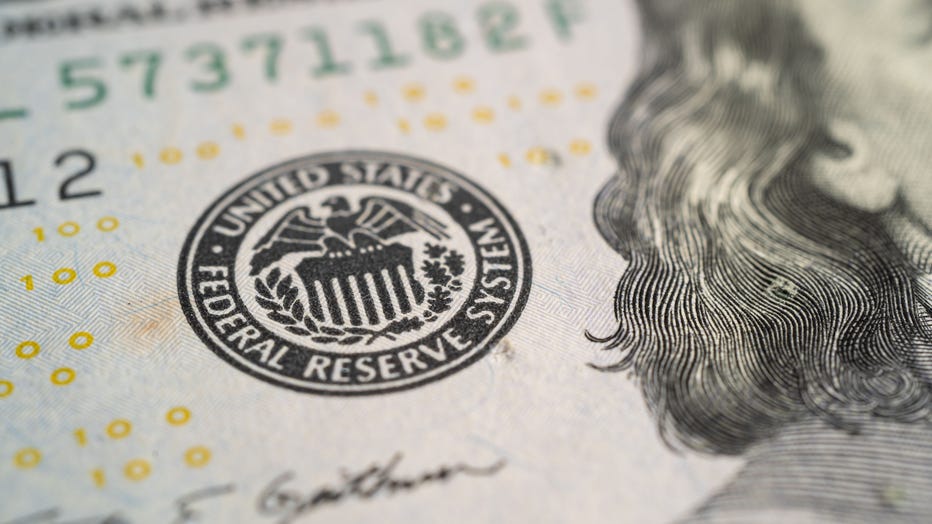Federal Reserve on track to cut rates this year: What it means for you
Federal Reserve holds interest rates steady
Potomac Core Association Consulting Founder Daniel Varroney joins LiveNOW's Andrew Craft to break down Wednesday's news from the Federal Reserve that interest rates held steady.
Experts have begun forecasting when interest rates may start easing from the strictest levels in two decades.
The Federal Reserve did not change the interest rate level during its meeting at the end of January, as was par for the course after its four meetings prior. The Fed had been slowly hiking the rate in efforts to tame inflation.
In a broadcast interview following the meeting, Chair Jerome Powell said the Federal Reserve remains on track to cut interest rates three times this year.
When could that happen, and what would it mean for the average American? Here’s what experts are saying:
Current Fed interest rate

Getty Images
The current key interest rate is at about 5.4%, a 22-year high.
The Fed has raised the rate 11 times since March 2022.
RELATED: House approves Child Tax Credit expansion; here's what that means for you
When will interest rates go down?
Investors and some economists had been holding out the possibility that the Fed might cut as early as its next meeting, which is the end of March. That now appears off the table.
"I don’t think it’s likely that the committee will reach a level of confidence (about inflation’s stabilization) by the time of the March meeting," Powell said at a news conference on Jan. 31.
The Fed’s meetings following the one in March will be April 30-May 1, June 11-12, and July 30-31. Most economists have said they expect the Fed to start cutting its rate in May or June.
If the economy and labor market continue to grow, as they have been, that could affect the timing.
If the labor market appears to begin to weaken, Powell said that would point towards cutting sooner. But until then, he said he didn’t see a need to "rush" reduced borrowing costs.
RELATED: Homeowners’ monthly mortgage payments dropped to lowest rate in years
What does an interest rate cut mean?
Big picture, news of an interest rate cut from the Fed is "good news." This is because it signals that the country’s top experts have seen a consistent slowdown of inflation.
The Fed appears on the verge of achieving a rare "soft landing," in which it manages to conquer high inflation without causing a recession.
For the everyday American, a rate cut would also be "good news" because it means lower borrowing costs that have been affecting the following:
- Consumer/personal loans
- Business loans
- Mortgages
- Auto loans
- Credit card rates
This story was reported from Detroit. The Associated Press contributed.

